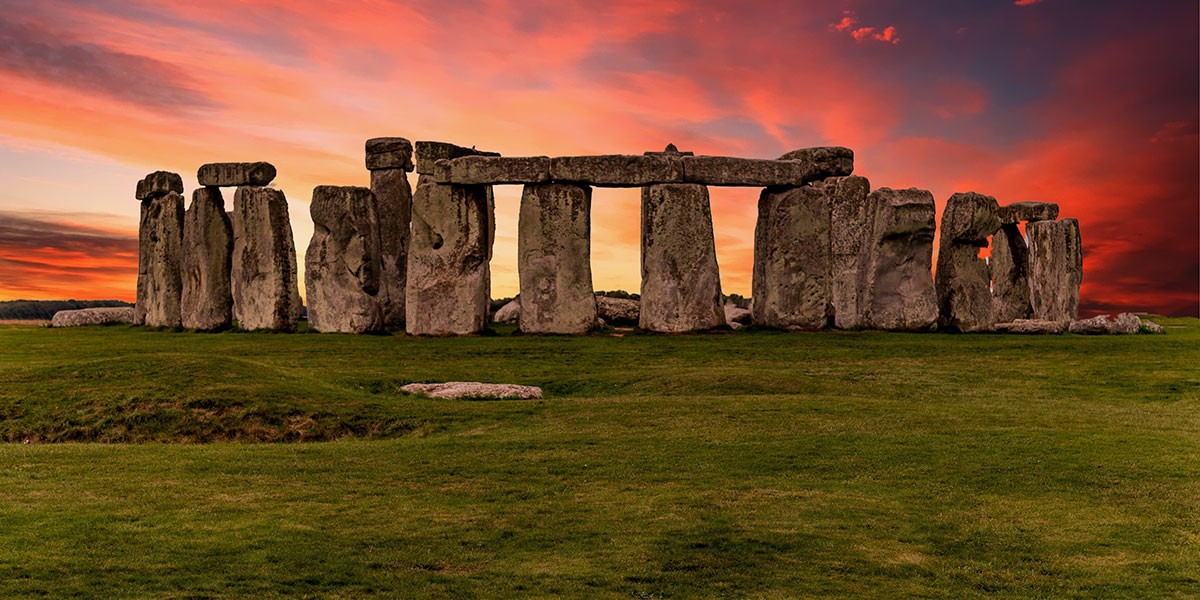Stonehenge, erected around 5,000 years ago, is the world’s largest building of its sort. Many questions surround the site, such as what it was used for, who utilised it, and how it came to Salisbury Plain in the first place.
While some believe it was a location to watch the summer and winter solstices, others believe it was a planetary observatory or possibly a royal burial ground.
Trying to figure out who built the edifice raises an even greater question.
While majority of the bluestone at Stonehenge comes from Wales, prior DNA studies revealed the those who built it were not from Wales or Britain.
According to a study published in the journal Nature Ecology & Evolution, the ancestors of the people who built Stonehenge travelled west across the Mediterranean before reaching Britain.
Researchers compared DNA extracted from Neolithic human remains found across Britain with that of people alive simultaneously in Europe.
In 2019, they found that the Neolithic inhabitants were descended from populations originating in Anatolia — modern-day Turkey — that moved to Iberia — parts of Spain and Portugal — before heading north towards Britain.
Those people are believed to have reached the island around 4,000 BC, with Stonehenge being built from 3000 BC to 2000 BC.
This journey was just one part of a huge expansion of people out of Anatolia in 6,000 BC, whose people introduced farming to Europe. The continent was up until that point inhabited by small, travelling groups who lived hunter-gatherer lifestyles.
While one group followed the Danube River out of Anatoly and ventured into Central Europe, another travelled west across the Mediterranean.
The DNA analysed in the study suggests that Neolithic Britons were largely descended from populations who followed the Mediterranean route, albeit a small percentage of Britons had ancestors who followed the Danube.
These people either snaked their way north along the coast, rarely venturing inland, or used boats to migrate from island to island.
The Anatolian farmers must have invaded Britain through the West, perhaps through Wales or South West England, according to the researchers, with radiocarbon dating indicating that Neolithic people arrived somewhat earlier in the West.
Along with farming, the Neolithic migrants brought to Britain numerous practices that have survived the test of time, such as the construction of structures utilizing huge stones known as megaliths, of which Stonehenge was a component.
Soon, the British hunter-gatherers were almost entirely replaced by the Neolithic farmers, apart from one native group in western Scotland.
Writing in the paper, co-author Dr Tom Booth, a specialist in ancient DNA from the Natural History Museum in London, said: “We don’t find any detectable evidence at all for the local British western hunter-gatherer ancestry in the Neolithic farmers after they arrive.
“That doesn’t mean they don’t mix at all, it just means that maybe their population sizes were too small to have left any kind of genetic legacy.”
By the end of the Neolithic period, around 2,450 BC, those descended from the first farmers had been supplanted by the Bell Beakers, a new group who moved from continental Europe.

